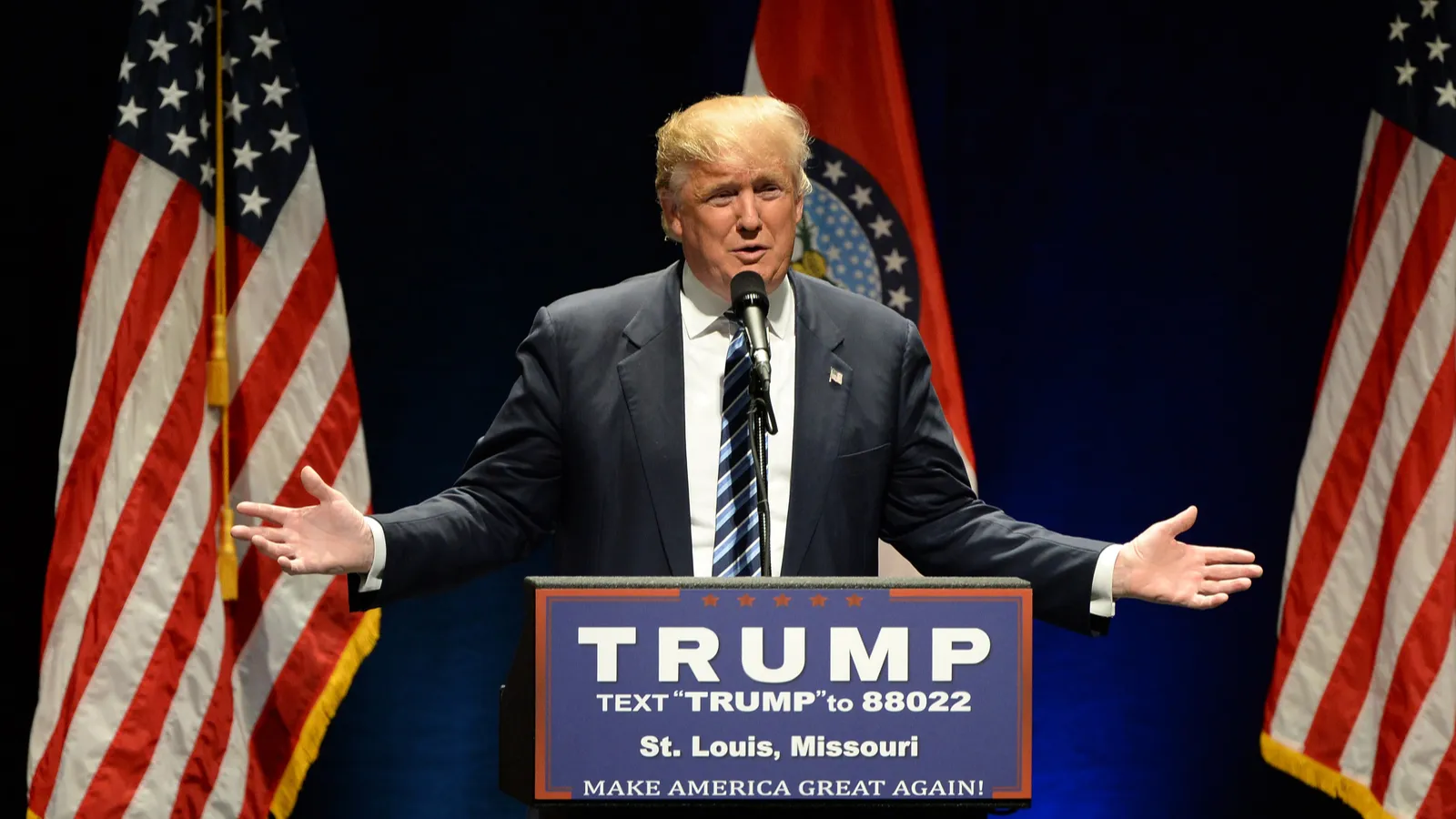
Image credits: ginosphotos1/Depositphotos
How Trump’s Tariffs Are Reshaping the U.S. Auto Industry – and Costing Billions
The U.S. auto industry feels the weight of escalating tariffs, and the financial toll is growing. Since the implementation of the Trump-era tariffs has cost automakers an estimated $12 billion to date, according to recent industry reports.
Mainly due to increased duties on steel, aluminum, and vital imported parts. This financial strain reshapes how automakers operate, invest, and price vehicles, with consumers ultimately footing the bill.
Alt text: Republican frontrunner Donald Trump addresses supporters
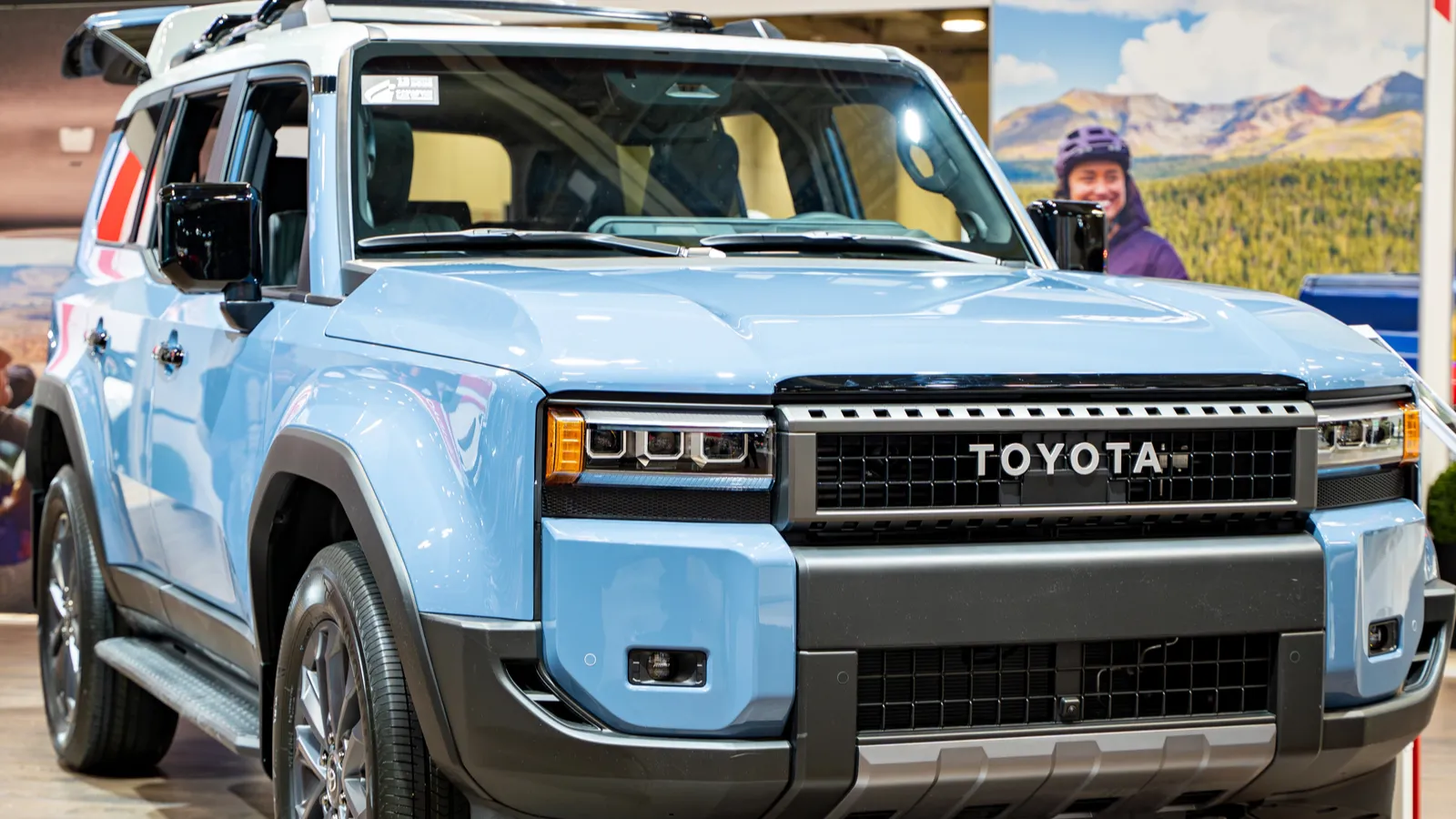
Image credits: egunes_/Depositphotos
Major Automakers See Billions in Added Costs
Leading car manufacturers like General Motors, Toyota, and Honda have been hit especially hard.
GM has not publicly confirmed the exact impact of 2018 tariffs, but its projections estimate up to $5 billion in tariff-related costs under the current trade environment.
Toyota expects nearly $9.5 billion in tariff-related costs this year alone.
Honda, too, reported a significant drop in year-over-year profits, citing U.S. tariffs and currency fluctuations as key contributors.
These staggering figures underscore the widespread financial impact across the global automotive landscape.
Alt text: 2025 Toyota Land Cruiser automobile at the 2025 Canadian international
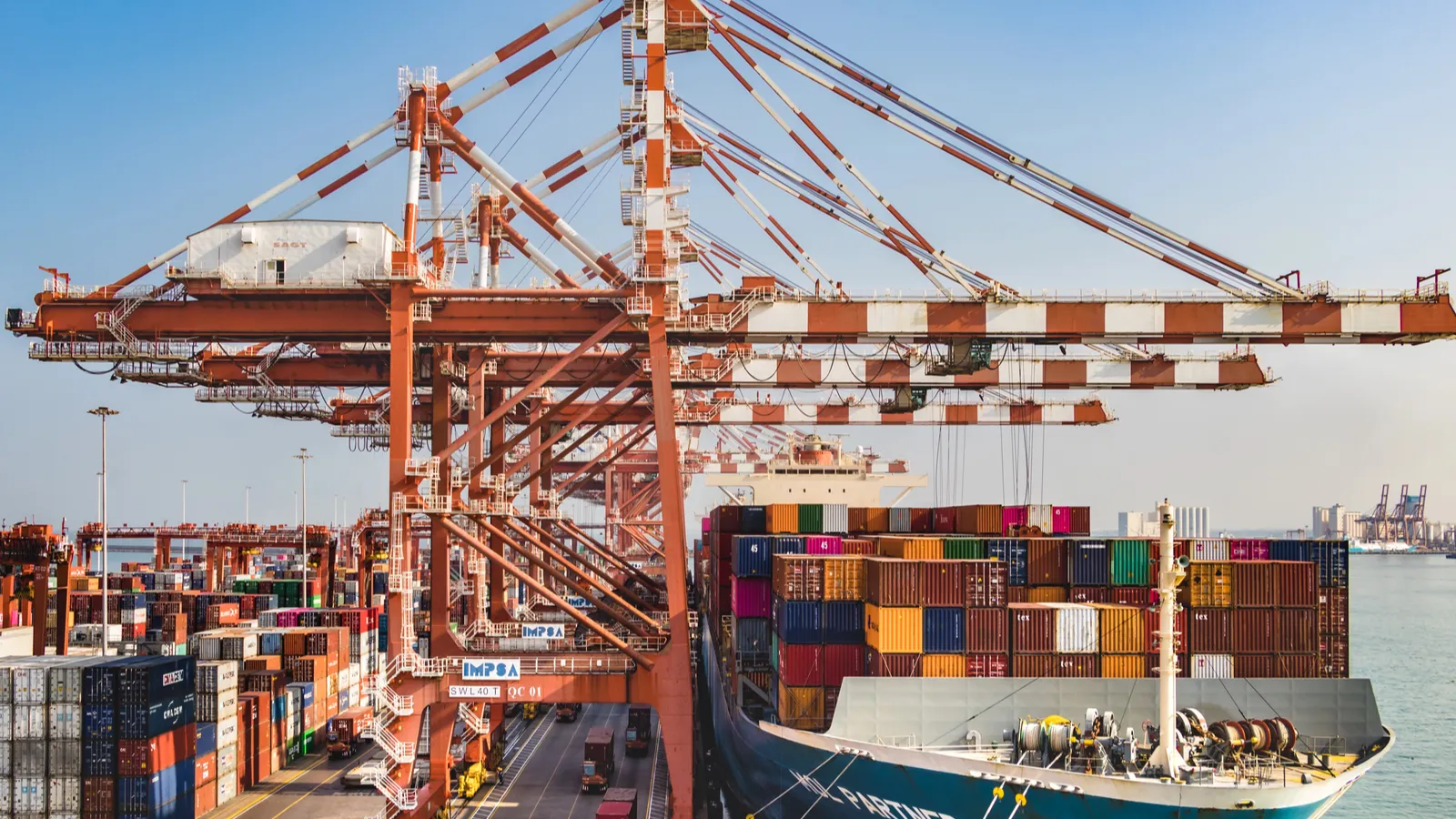
Image credits: ruramos/Depositphotos
Tariffs Disrupt Automotive Supply Chains
Tariffs have thrown a wrench into the finely tuned global supply chains that the auto industry relies on. Automakers have scrambled to shift sourcing strategies, often looking to move production to the U.S. to dodge duties.
But reshoring is neither quick nor straightforward; it involves logistical overhauls, high costs, and extended timelines. These disruptions have led to delays, material shortages, and increased operational complexity.
Alt text: Panoramic view of a sea port. Import
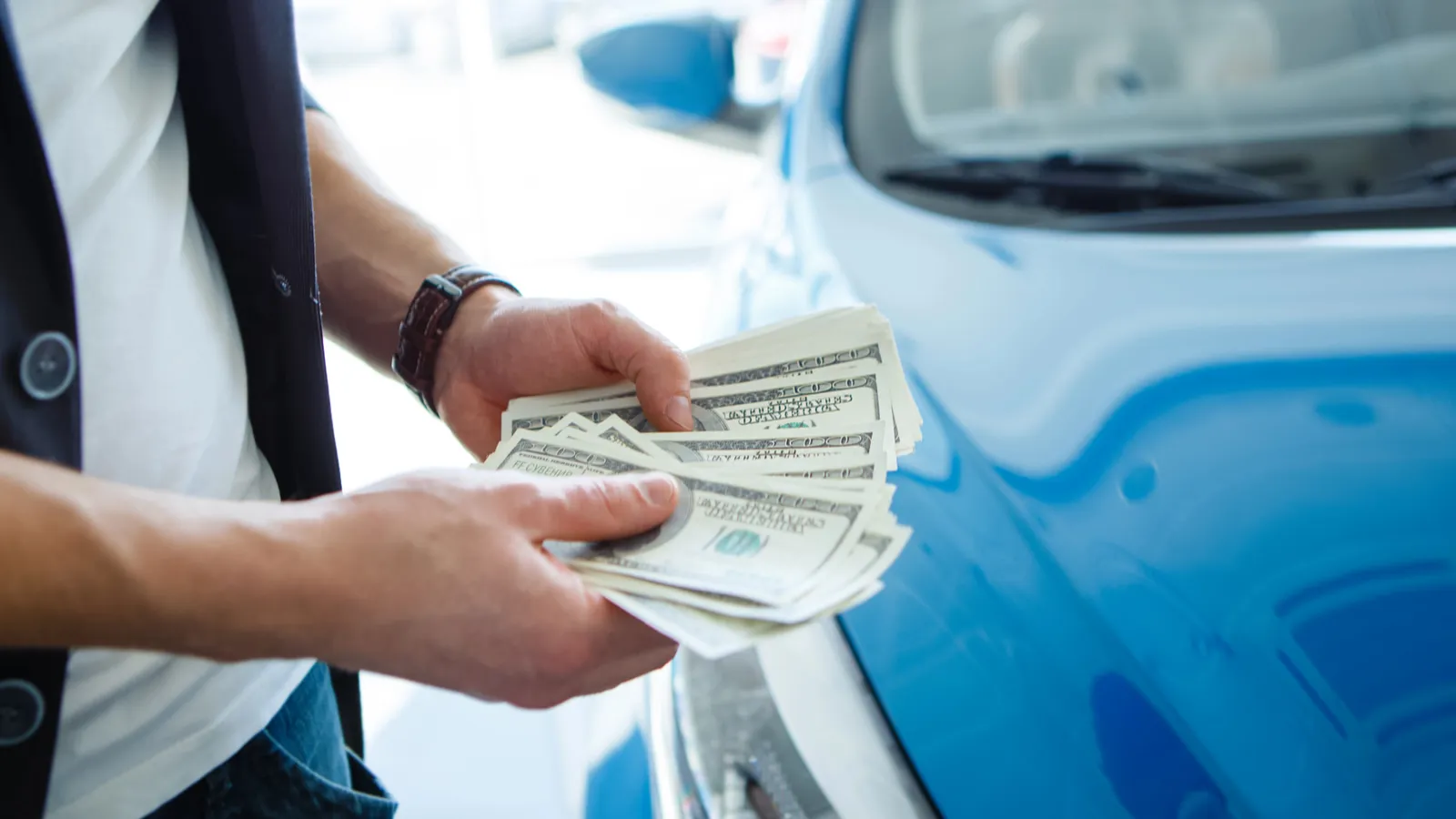
Image credits: MrCat.com.ua/Depositphotos
Higher Production Costs Mean Higher Car Prices
With imported materials now significantly more expensive, manufacturing costs have surged. According to the Anderson Economic Group, tariffs add $2,000 to $12,000 per vehicle, mainly affecting luxury imports and electric vehicles (EVs).
To stay profitable, many automakers are raising vehicle prices. This is forcing American consumers to absorb these added costs while grappling with inflation and a high cost of living.
Alt text: Cropped view of person hand counting cash while buying a car.

Image credits: AndrewLozovyi/Depositphotos
Auto Jobs, Factories, and Communities Under Threat
Tariff pressures don’t just affect profits and prices; they also put auto industry jobs at risk.
With thinner margins and disrupted production, manufacturers warn of potential layoffs and factory slowdowns, particularly in key manufacturing states. These ripple effects could significantly impact local economies that are dependent on the auto sector.
Alt text: Cropped view of businessman standing near building and holding carton, fired from job
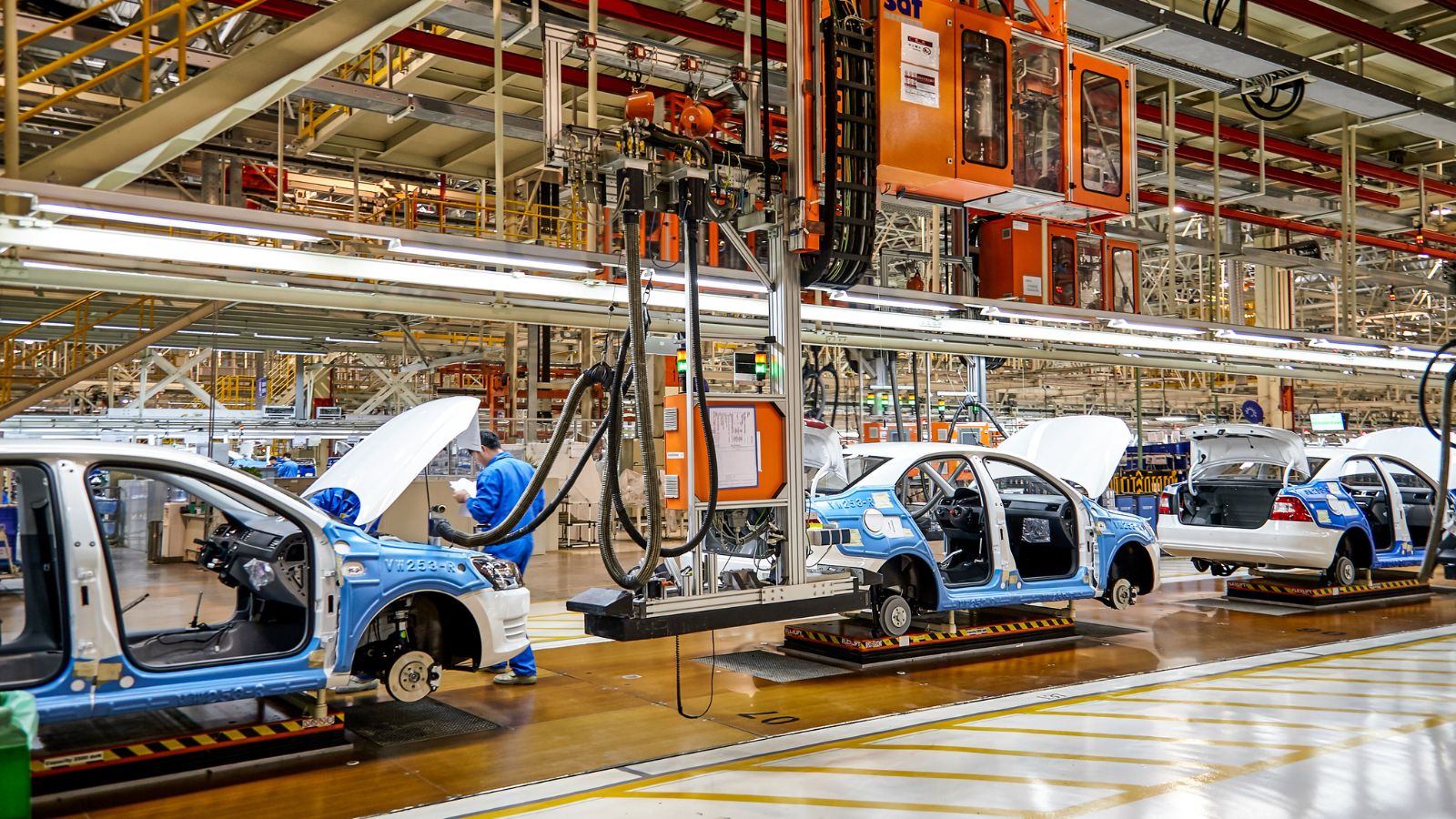
Image credits: jenson/Shutterstock
Reshoring Sounds Good, But It’s a Costly Solution
Some manufacturers are eyeing reshoring to sidestep tariffs. However, building or upgrading U.S.-based plants demands significant capital investments and extended timelines.
While this strategy may reduce tariff exposure over time, it’s not a silver bullet. The North American auto industry is deeply integrated; untangling that system isn’t easy or cheap.
Alt text: Car manufacturing unit, plant
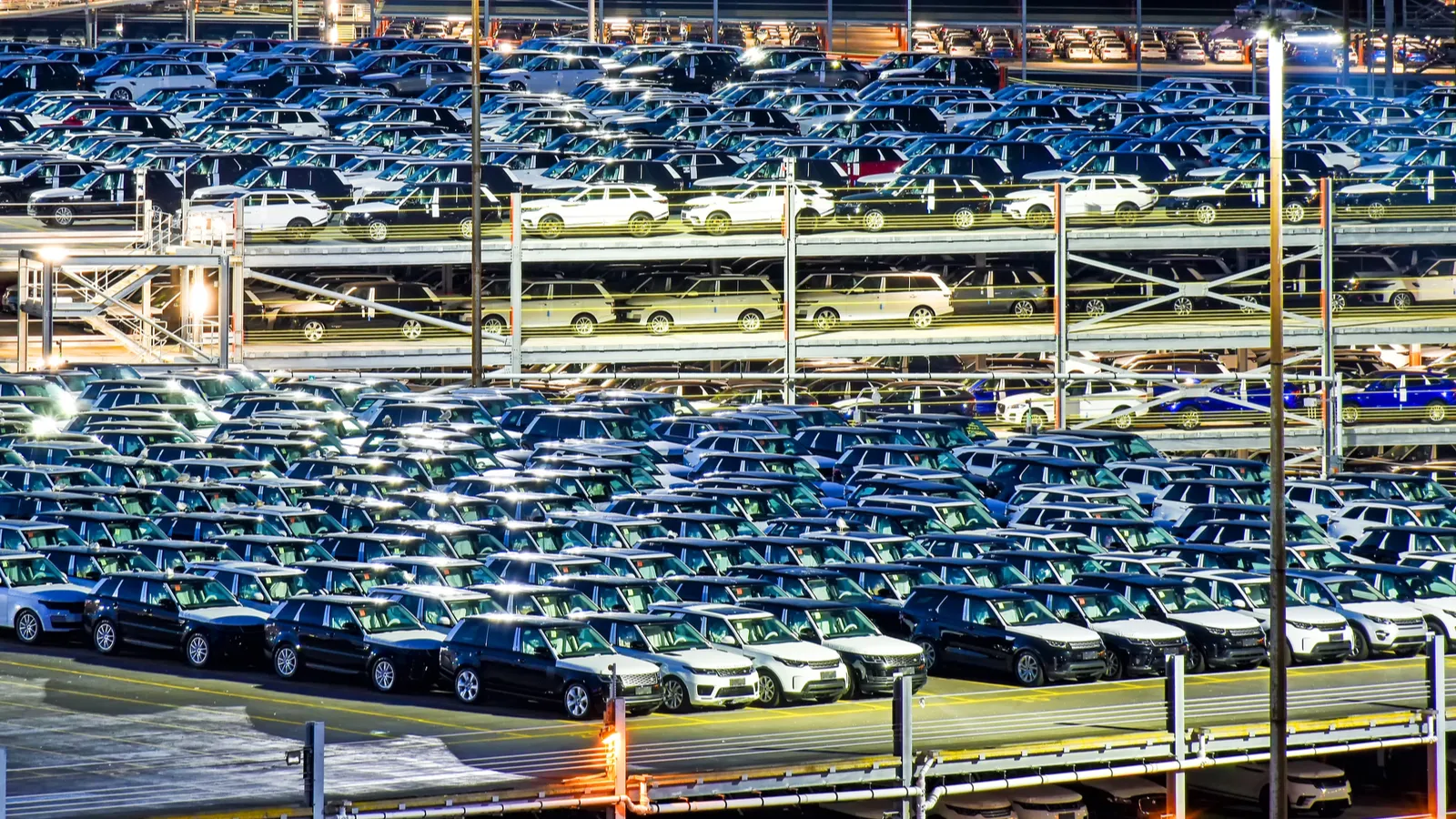
Image credits: balipadma/Depositphotos
Smaller Auto Suppliers Are Struggling to Survive
While big automakers can absorb some costs, smaller parts suppliers face intense pressure. Many depend on imported materials that are now hit by tariffs and lack the financial cushion to offset price increases.
The result? Supply bottlenecks, delayed deliveries, and higher costs for every player in the value chain, including consumers.
Alt text: Many range rover new cars out of factory
Image credits: Rawpixel/Depositphotos
Tariffs Drive Up Inflation Across the Economy
Economists warn that these tariffs act like a stealth tax on consumers. As auto prices rise, they contribute to broader inflationary pressures, making everything from transportation to household goods more expensive.
This complicates the Federal Reserve’s and policymakers’ efforts to manage the economy and stabilize consumer spending power.
Alt text: Closeup of woman counting money.
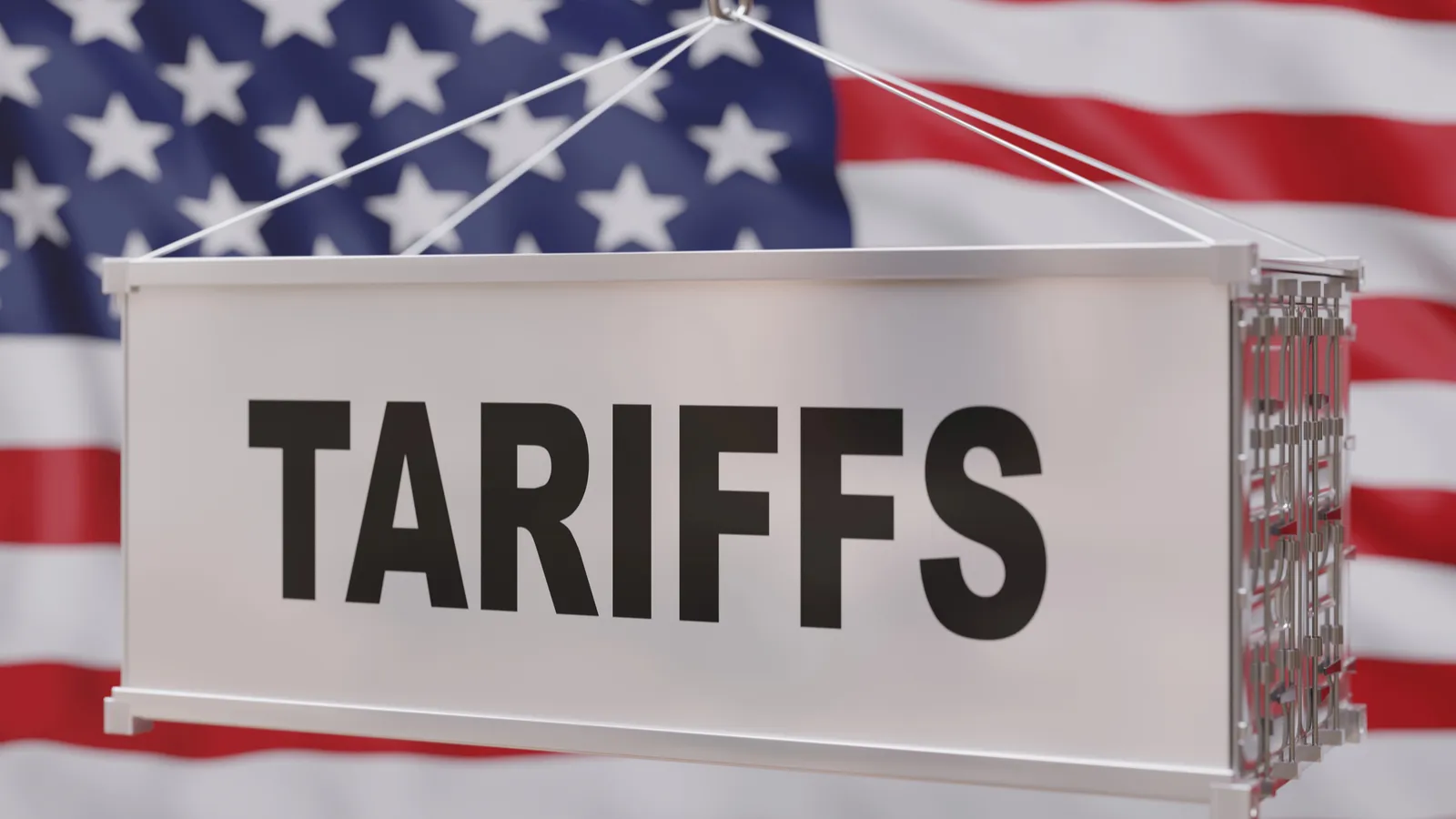
Image credits: gioiak2/Depositphotos
Automakers and Industry Groups Push Back
Groups like the Alliance for Automotive Innovation have publicly urged the government to ease tariff policies. Their concern is that tariffs are harming American competitiveness and not protecting it.
Despite this pushback, government officials maintain that tariffs are necessary to shield U.S. industries from unfair trade practices, fueling a standoff between politics and business.
Alt text: US tariffs written on a container
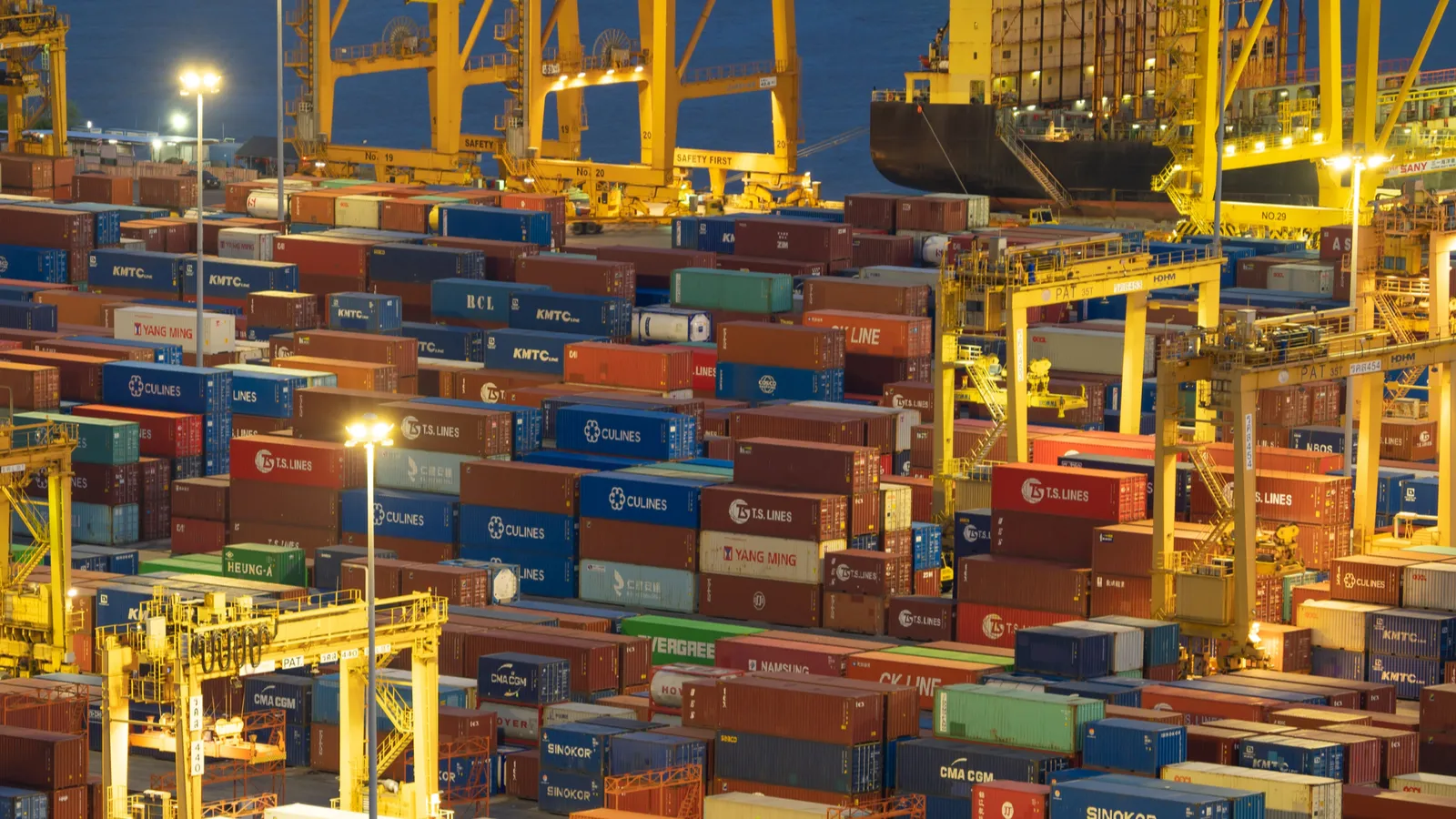
Image credits: tampatra@hotmail.com/Depositphotos
Global Trade Tensions Deepen the Impact
These tariffs are just one piece of a larger puzzle of international trade disputes involving China, the EU, and Mexico. Retaliatory tariffs and geopolitical frictions further complicate planning and investment in the automotive world.
This uncertain trade environment is a serious challenge for automakers trying to remain agile and profitable.
Alt text: Aerial view of container cargo ship in the export bay.
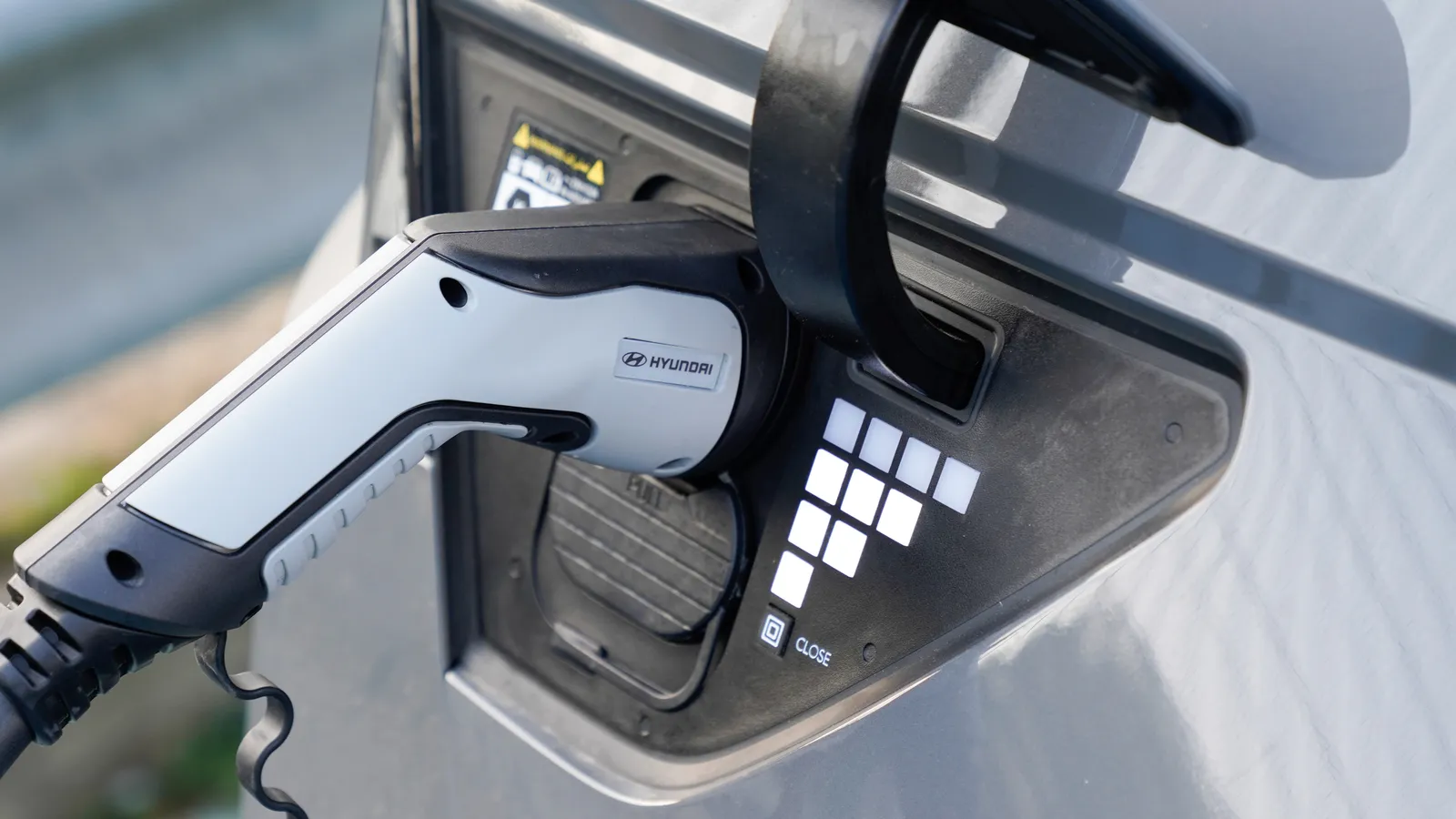
Image credits: OceanProd/Depositphotos
EVs Hit Especially Hard by New Tariffs
The electric vehicle market, seen as the industry’s future, also feels the sting. New tariffs now apply to many EV components, raising the cost of production at a time when adoption is just gaining momentum.
This risks slowing progress toward cleaner transportation and could undermine climate goals and consumer incentives.
Alt text: Charging gun plugged inn Hyundai

Image credits: jetcityimage2/Depositphotos
Tariffs May Slow Automotive Innovation
While R&D remains a priority, rising tariff-related costs force automakers to re-evaluate spending across departments, though no direct cuts to innovation budgets have been publicly confirmed.
The risk? Slower technology adoption and a delayed rollout of next-generation vehicles, just as demand and competition rise.
Alt text: Tesla Cybertrucks display at a parking
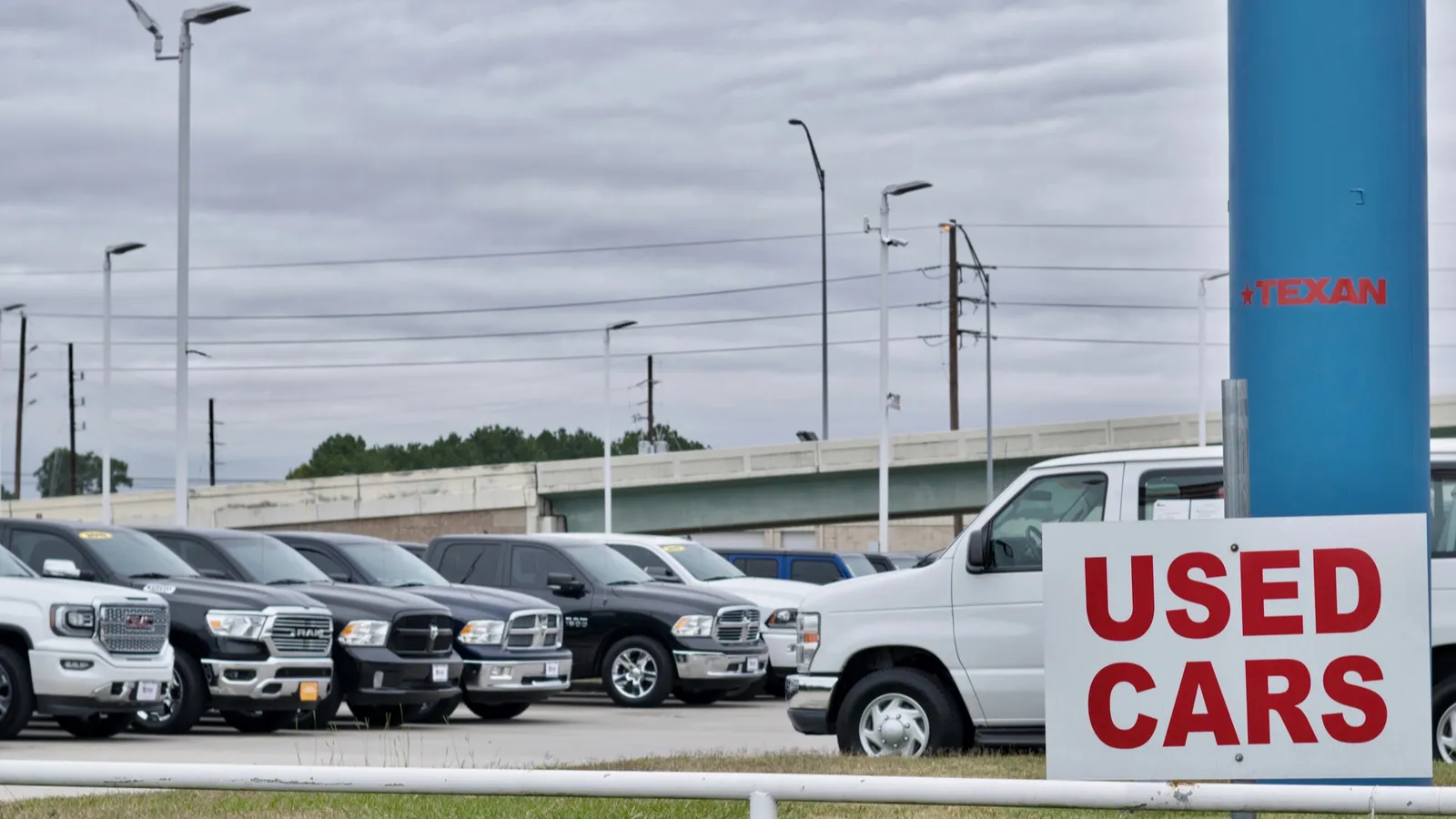
Image credits: Brett_Hondow/Depositphotos
Consumers Shift Toward Used Cars
With new car prices surging, more consumers are turning to the used car market, increasing demand, and pushing those prices up.
This shift may help consumers save money in the short term, but it complicates inventory management and affordability.
Alt text: Used car sign and lot transportation

Image credits: tashatuvango/Depositphotos
What’s Next for the U.S. Auto Industry?
The outlook remains uncertain. Automakers face a tough road ahead between tariffs, global trade wars, and supply chain bottlenecks.
Adaptation will be key; the industry must find a path forward in this turbulent environment through more innovative sourcing, tech investments, and better policy alignment.
Alt text: Office folder with inscription policies
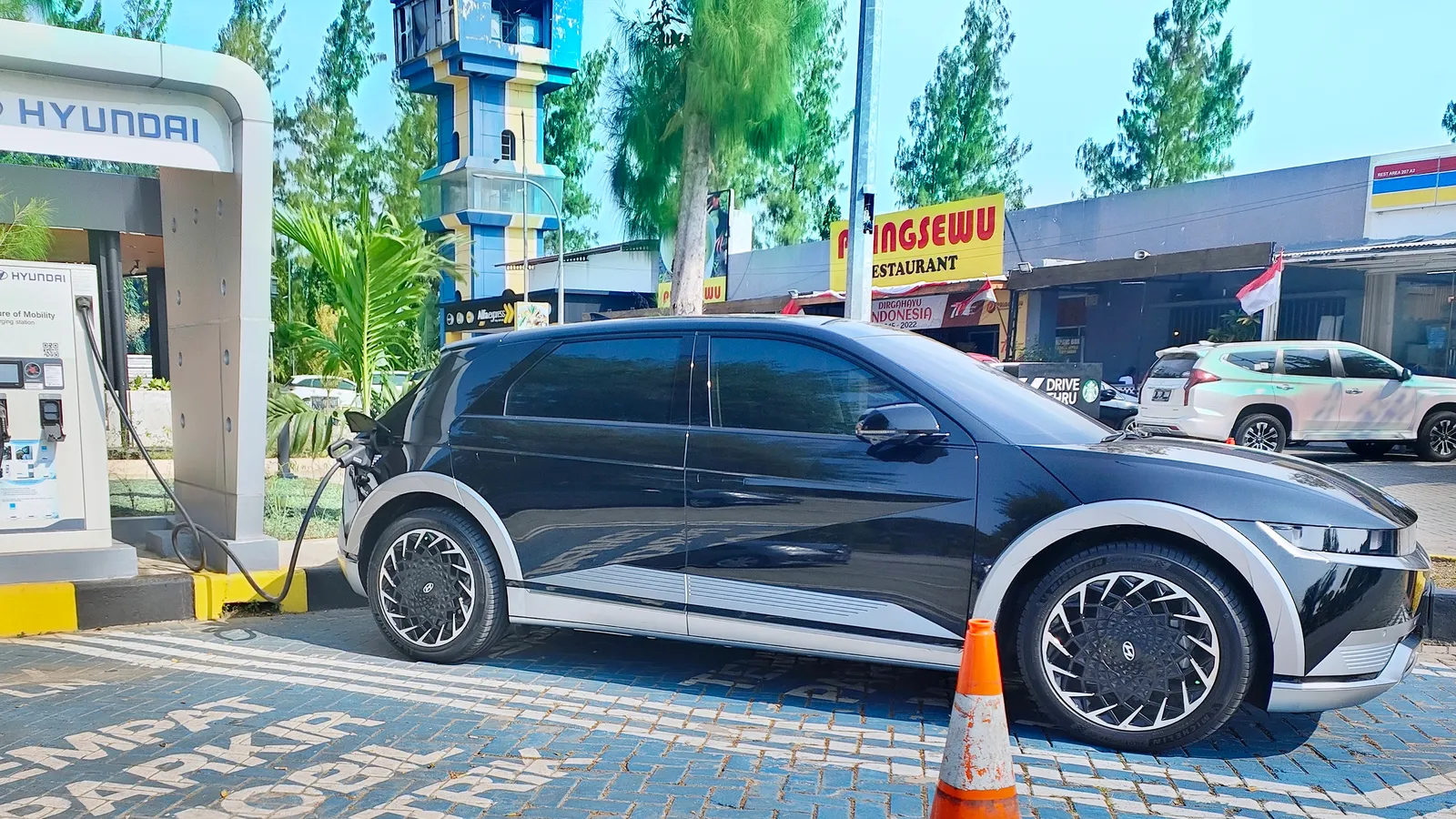
Image credits: realinemedia/Depositphotos
What It Means for You: Prepare for Higher Prices
Consumers will likely pay more for new vehicles, especially imports and EVs. Staying informed, comparing pricing options, and considering leasing or used models could help soften the blow.
As the auto market evolves, American buyers must be ready for a new normal: higher costs and fewer easy choices.
Alt text: Hyundai Ionic being charged
